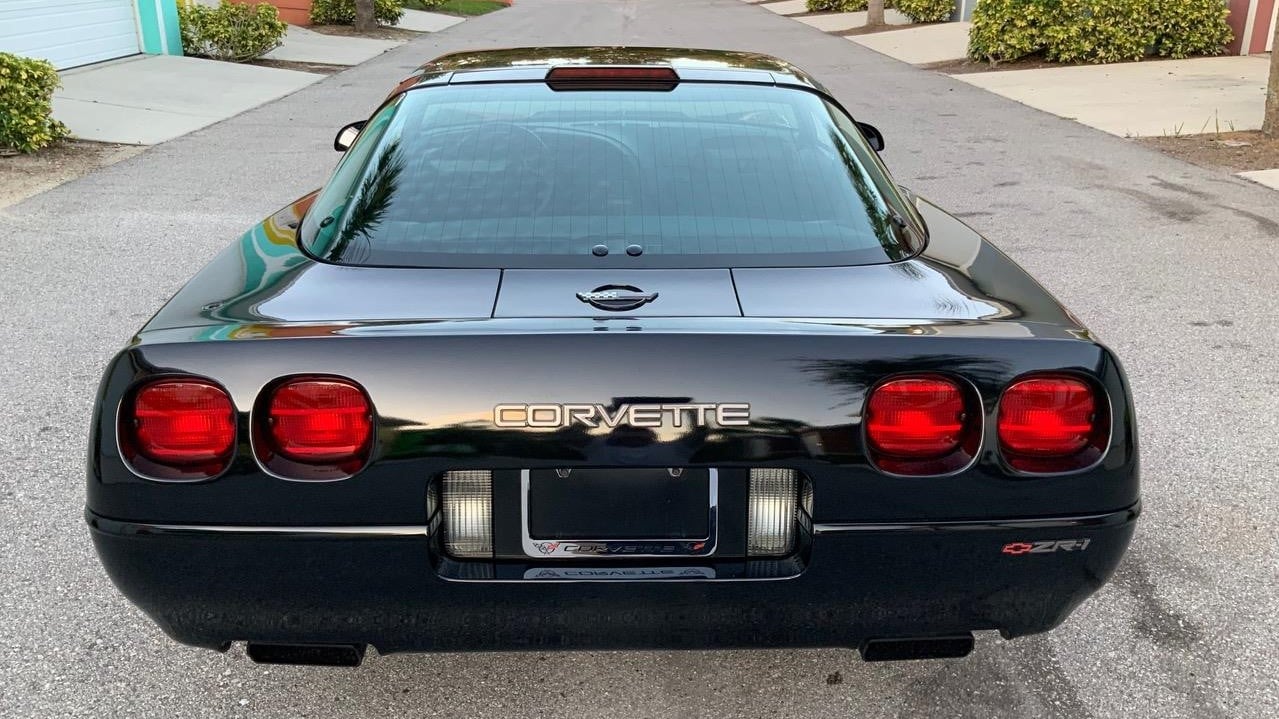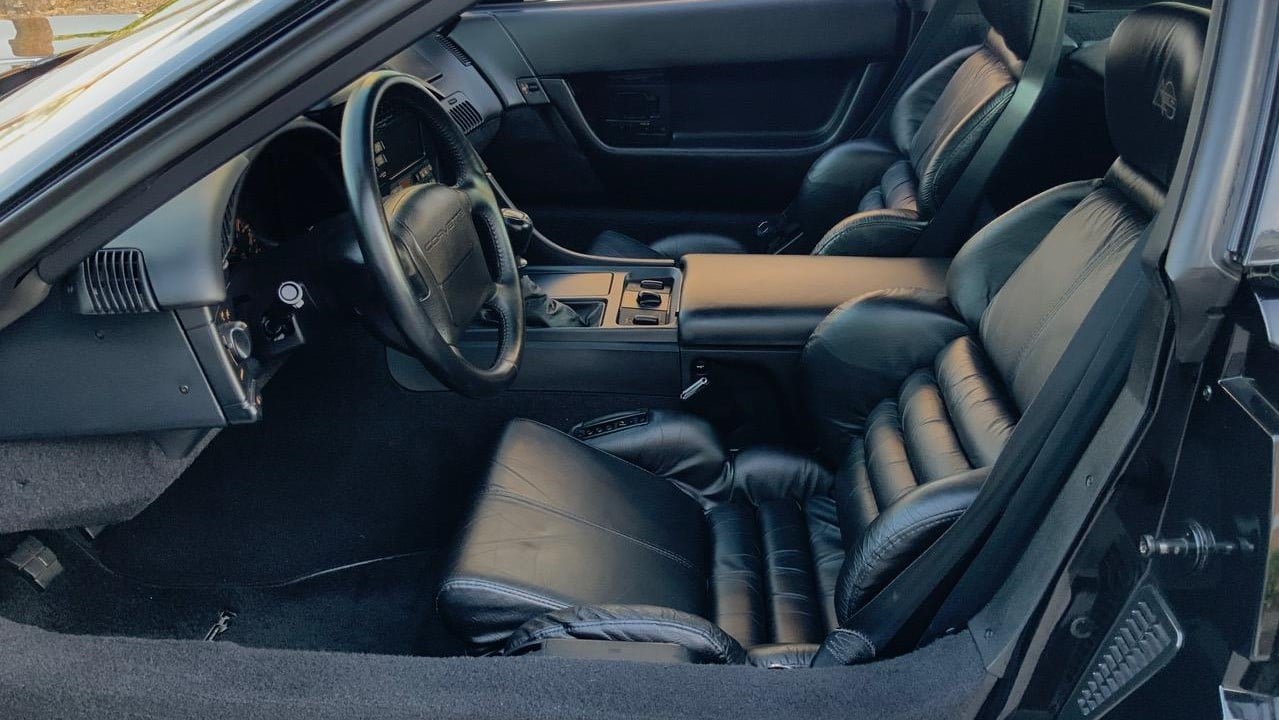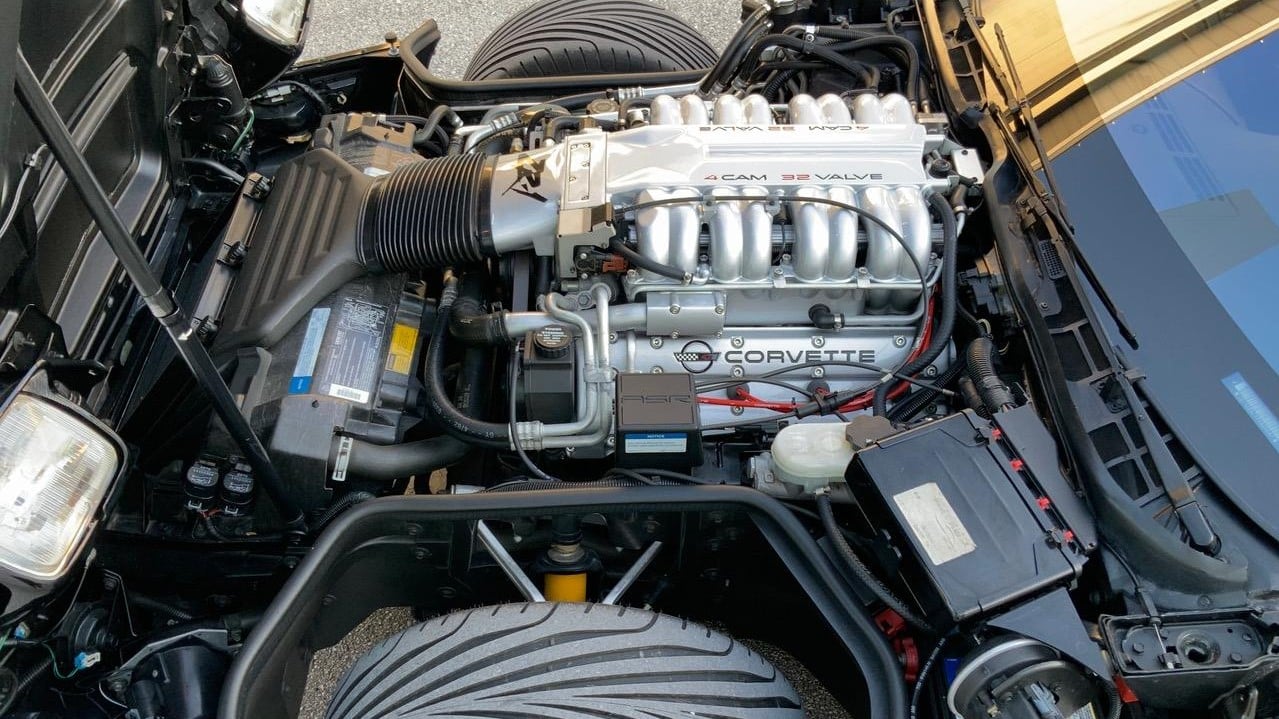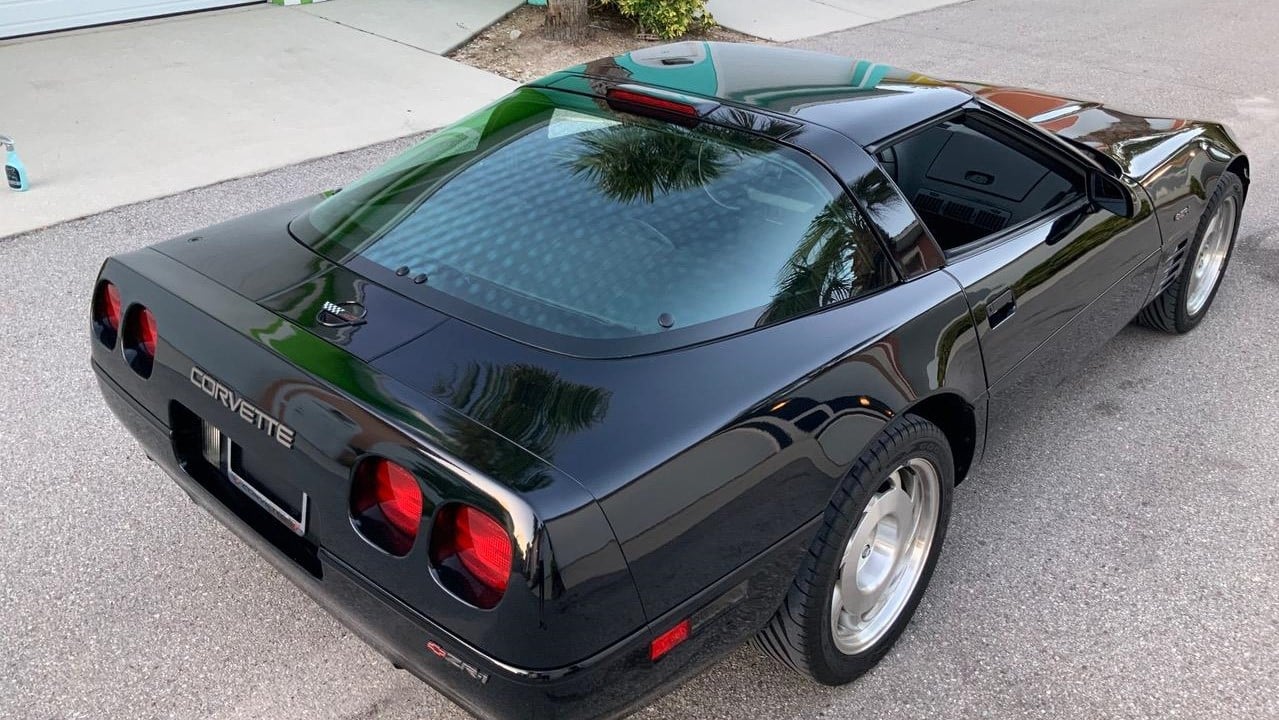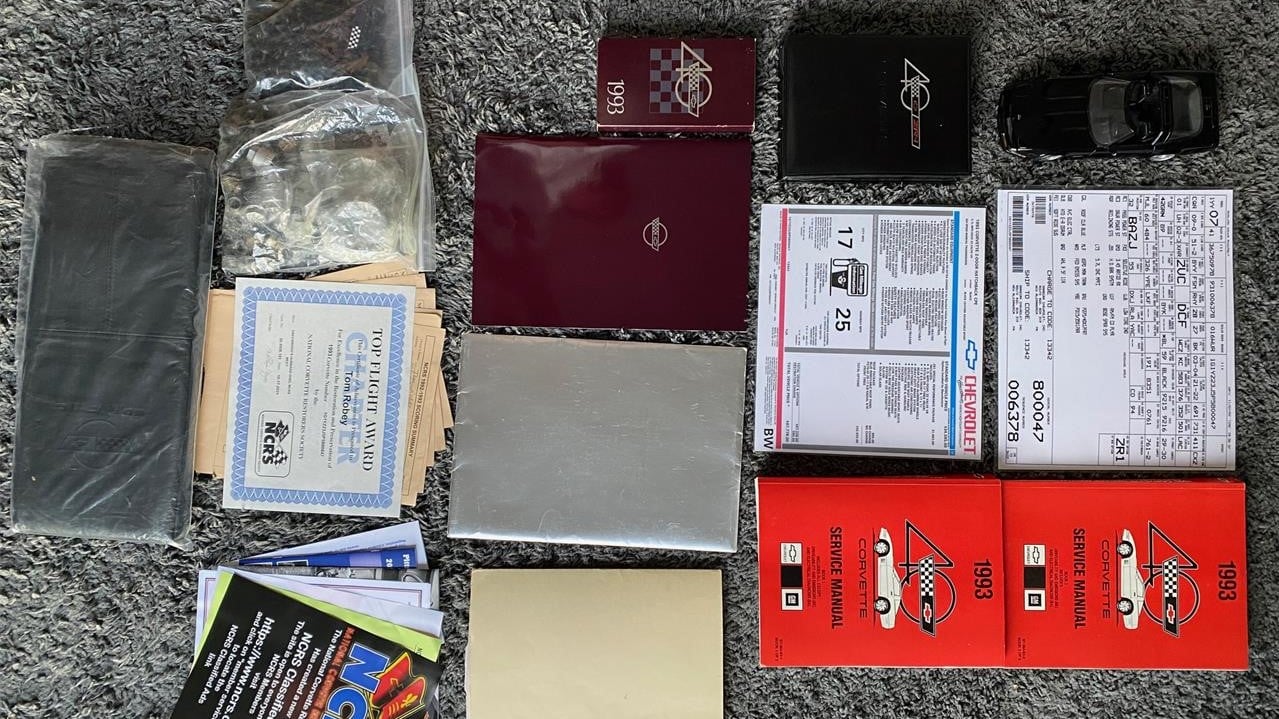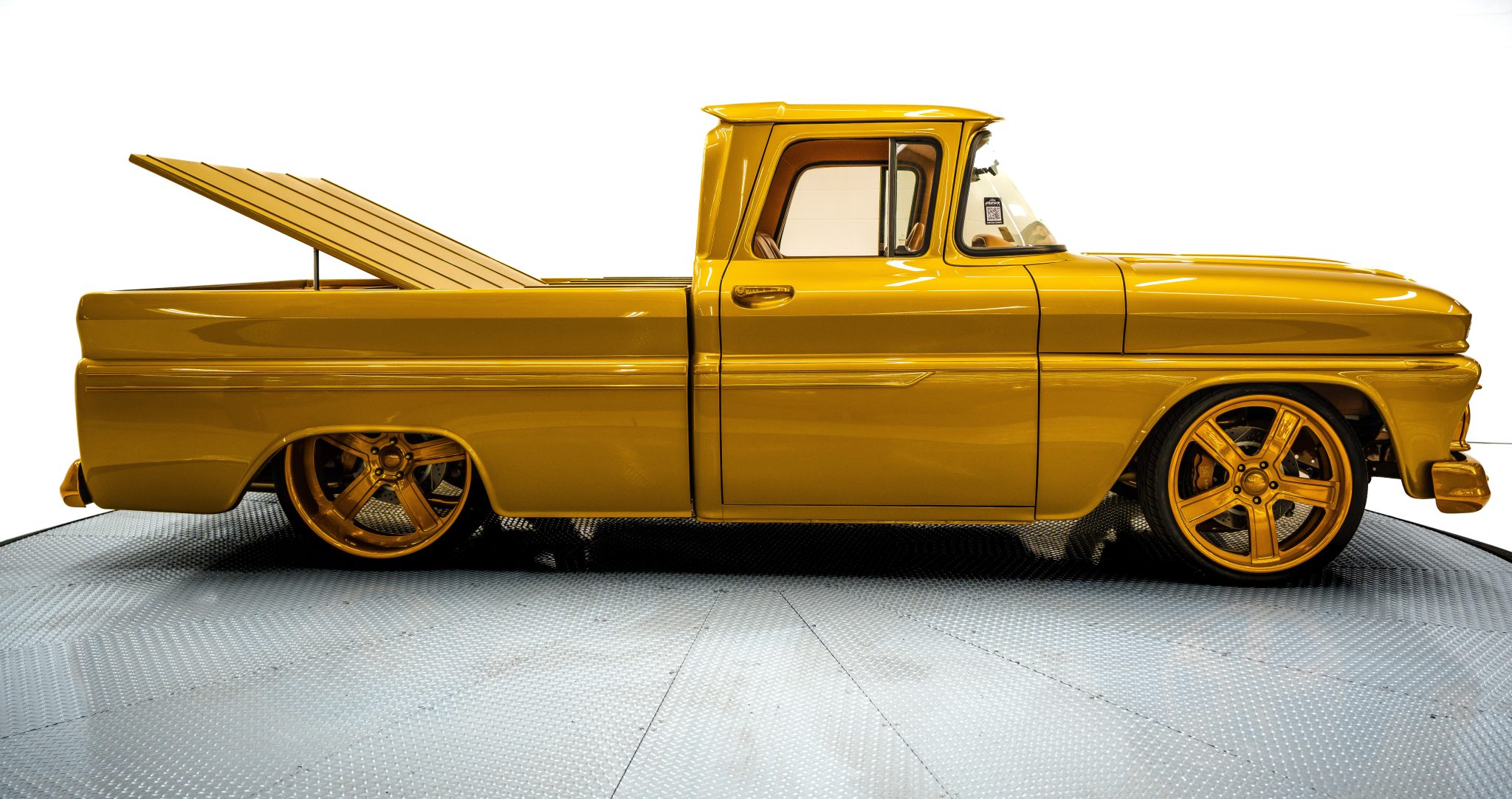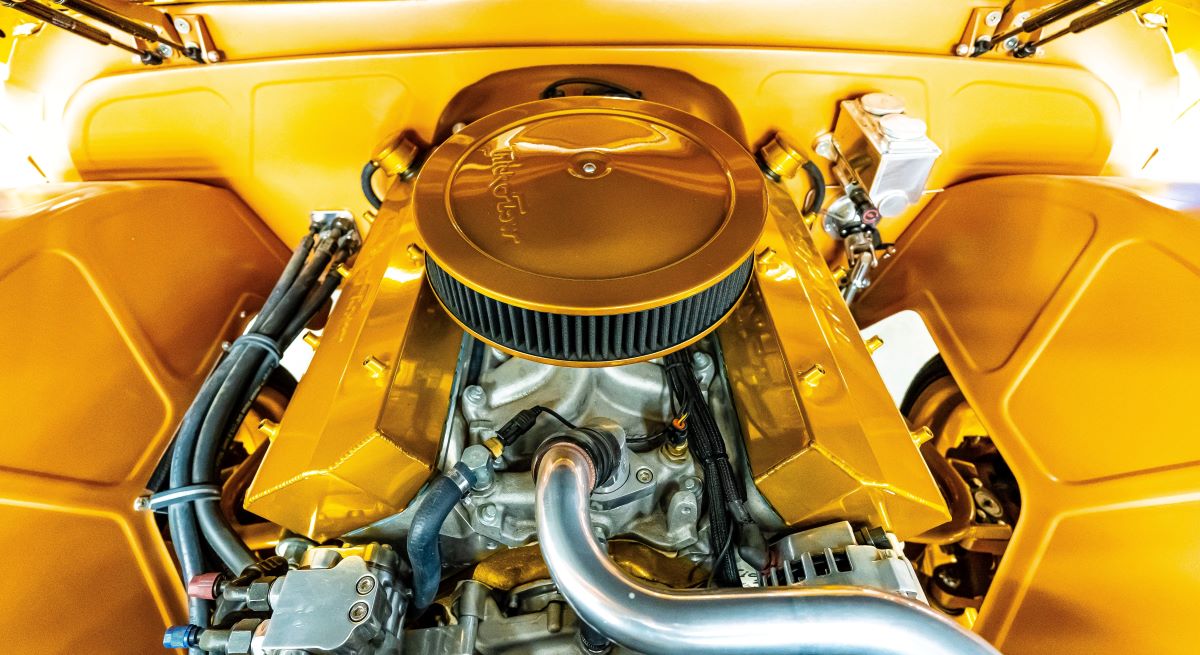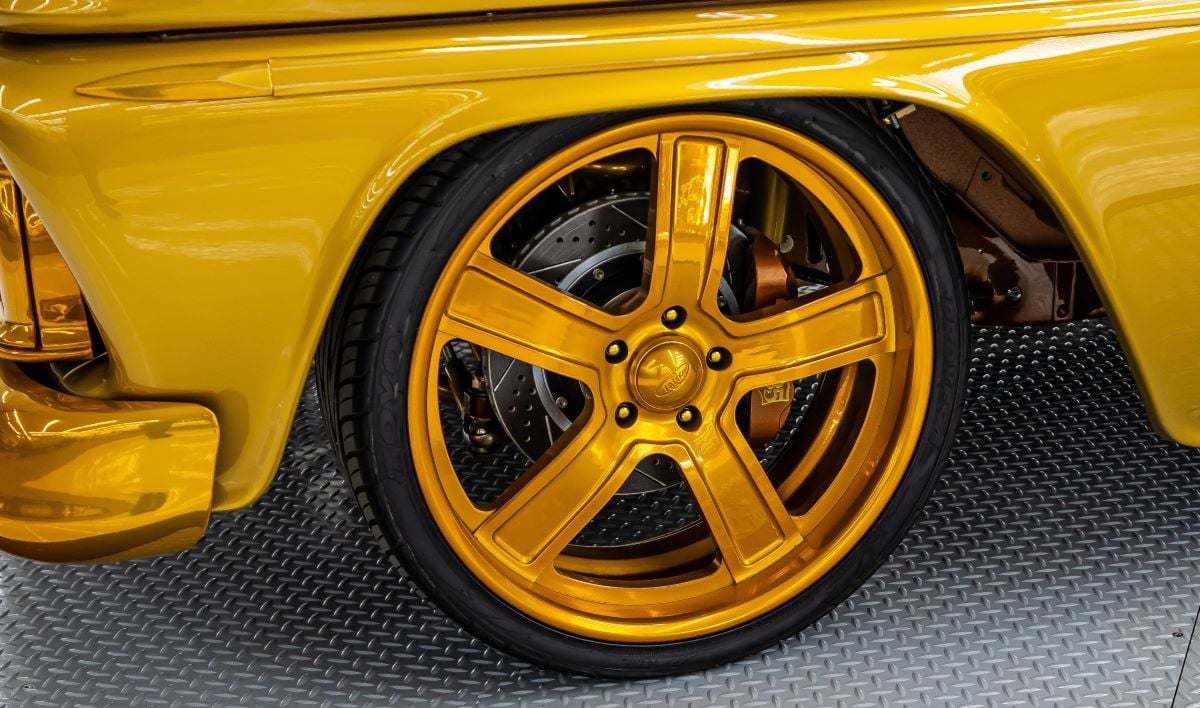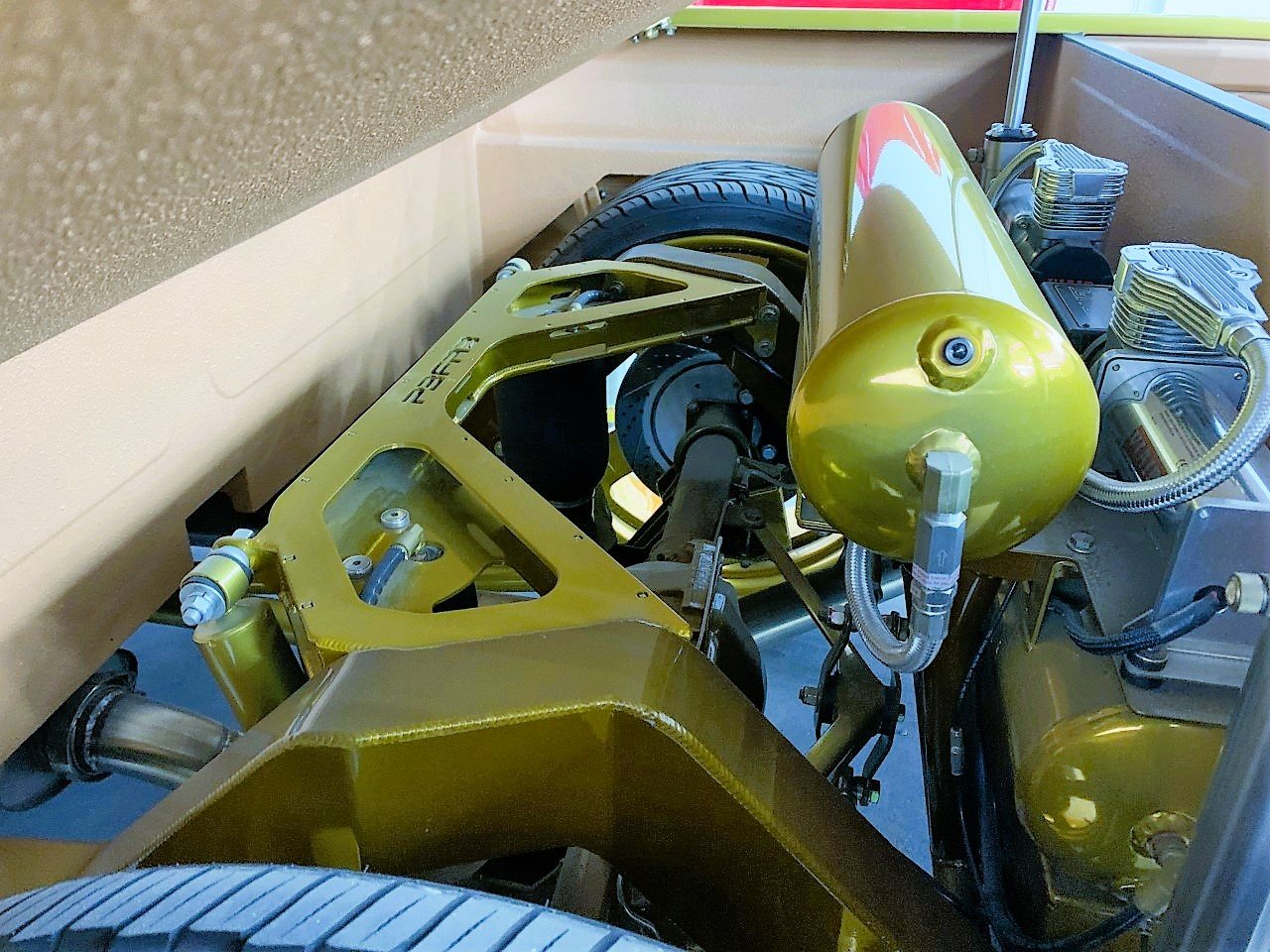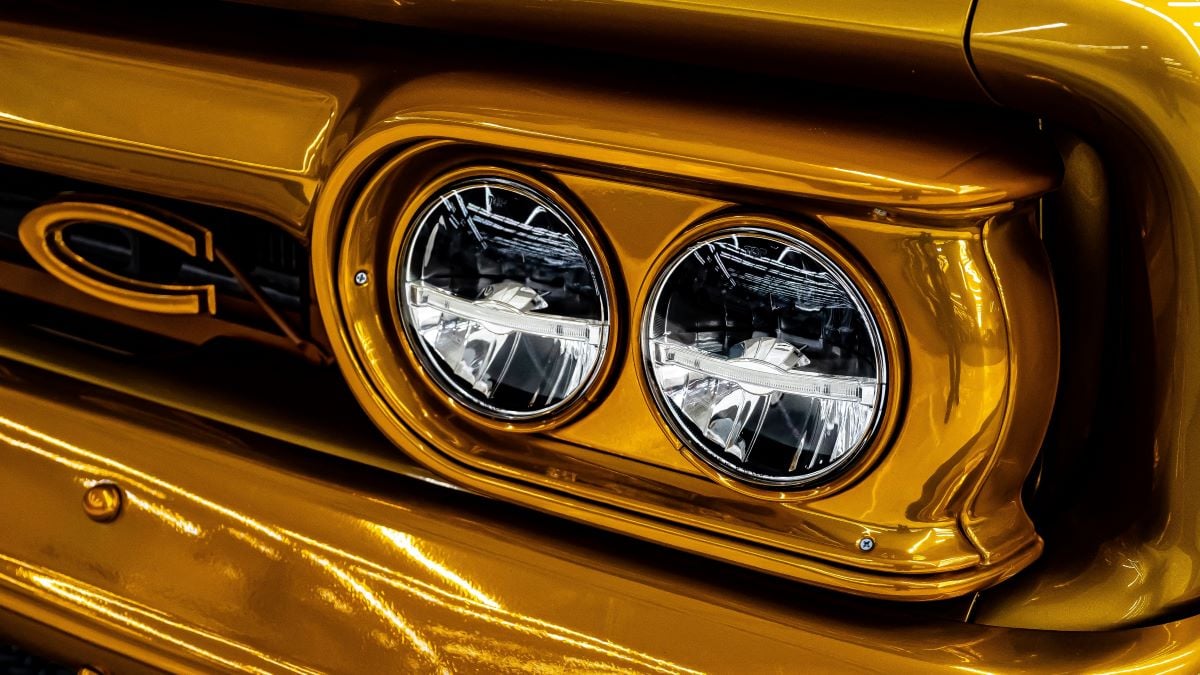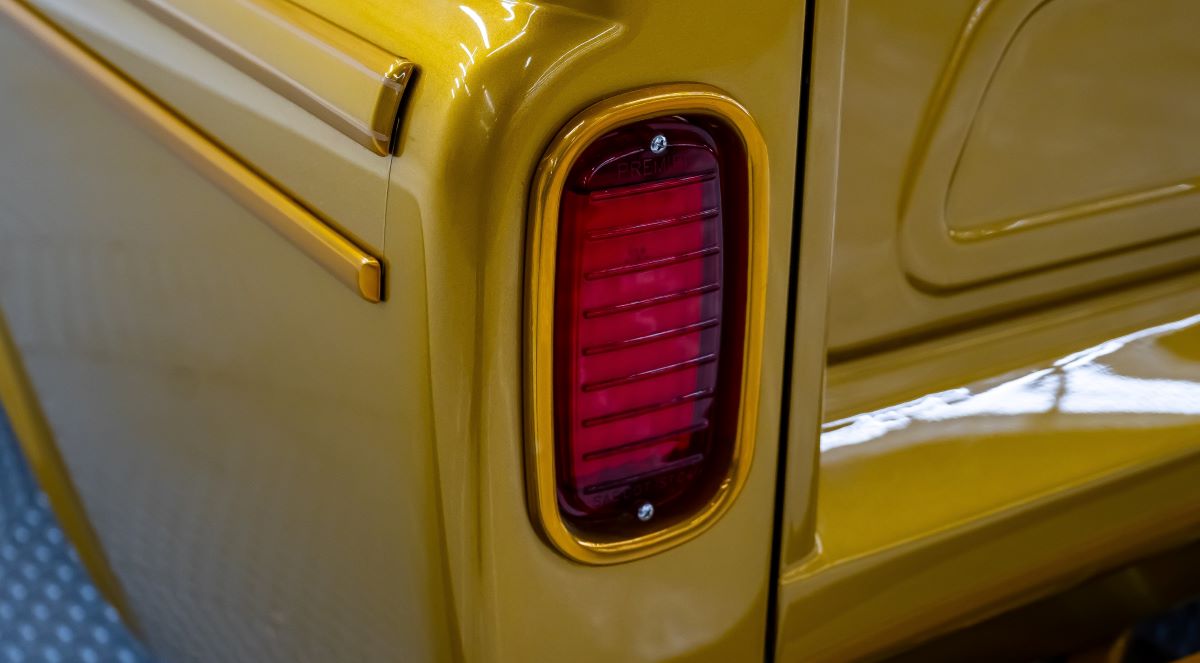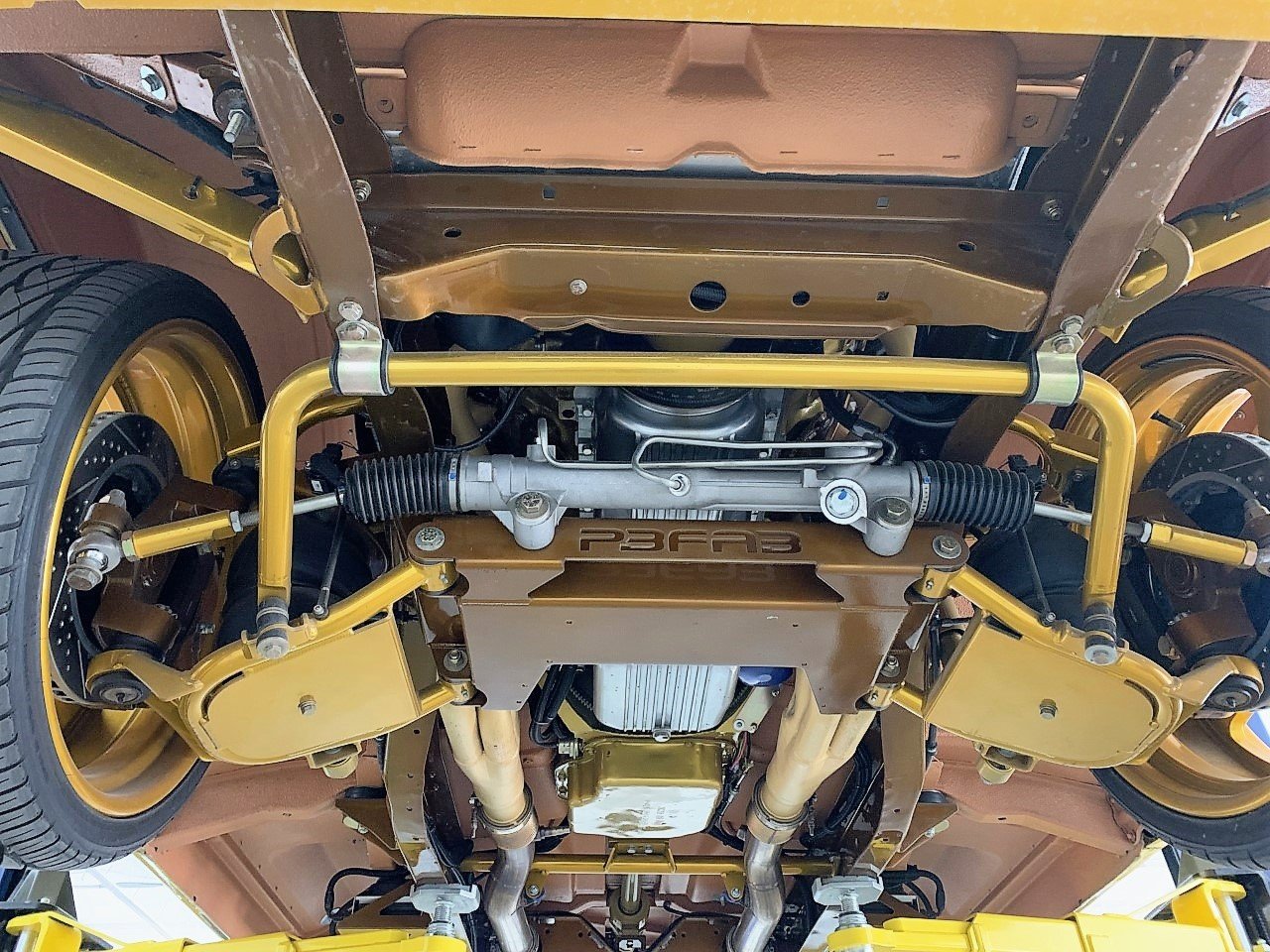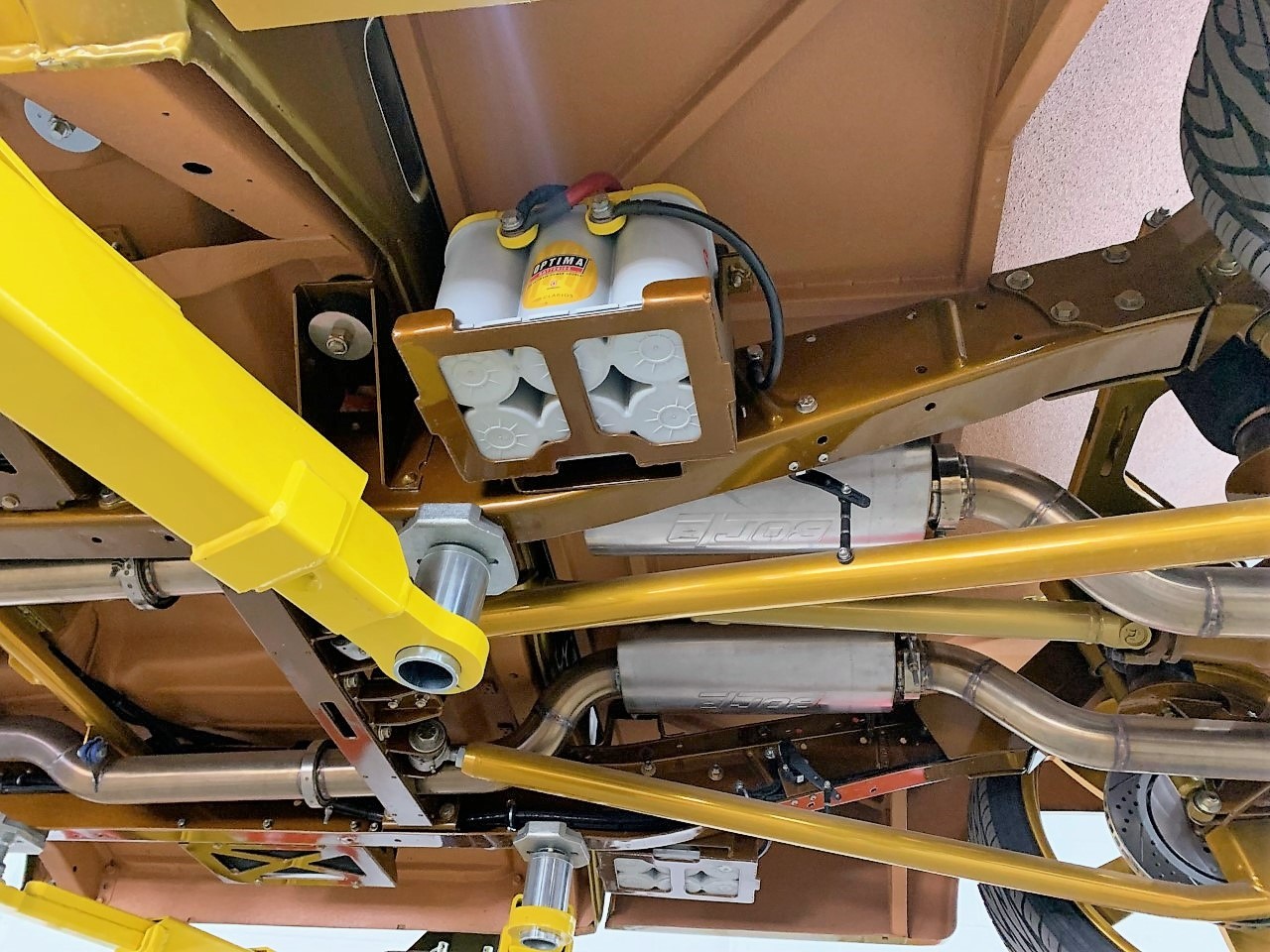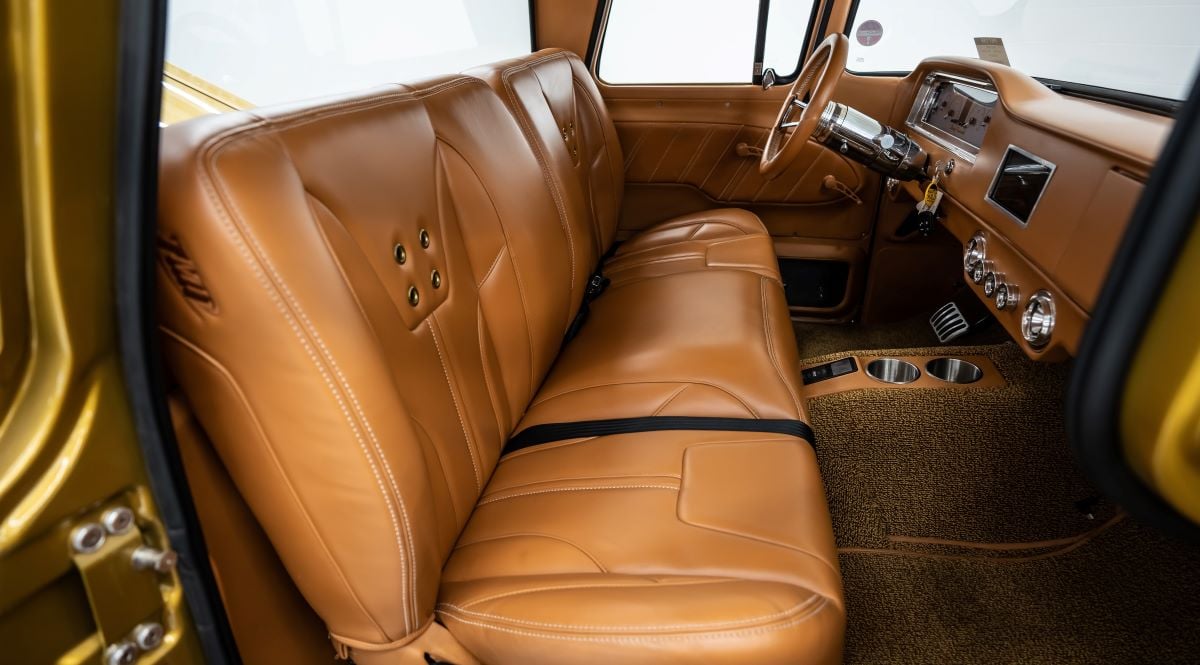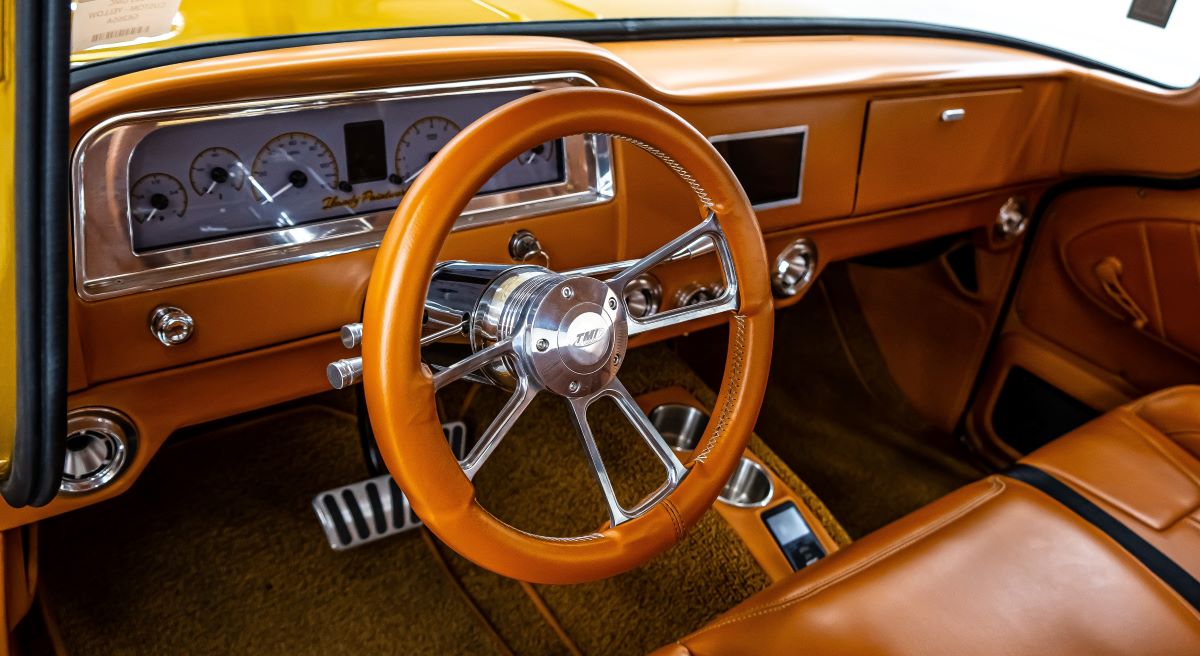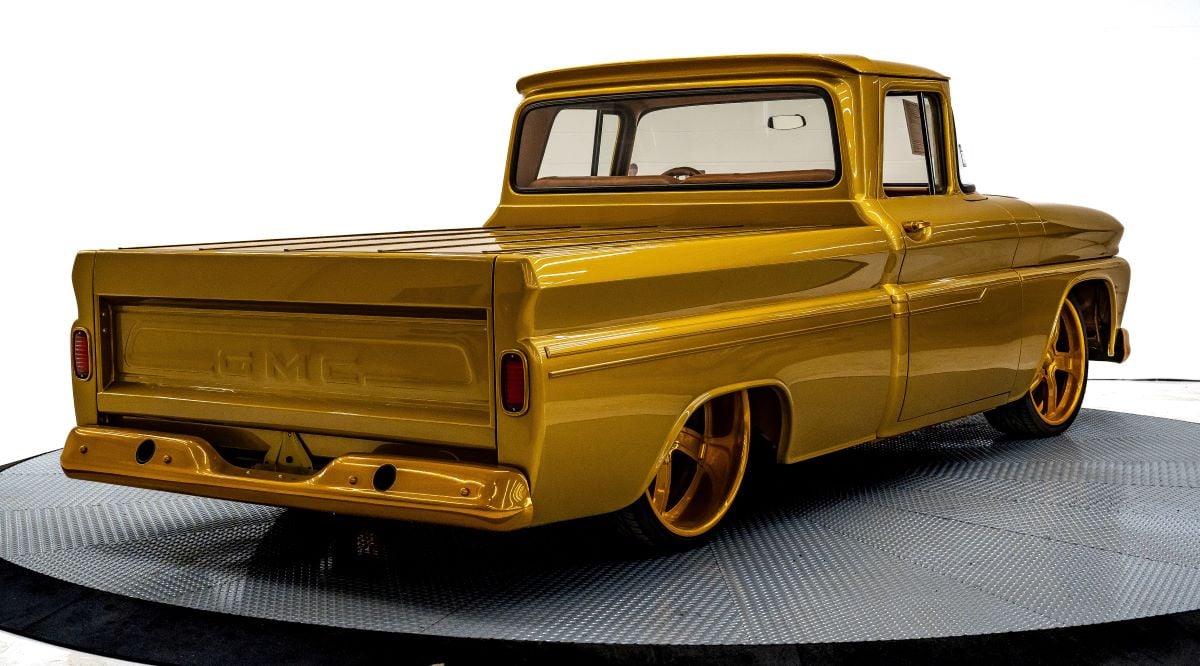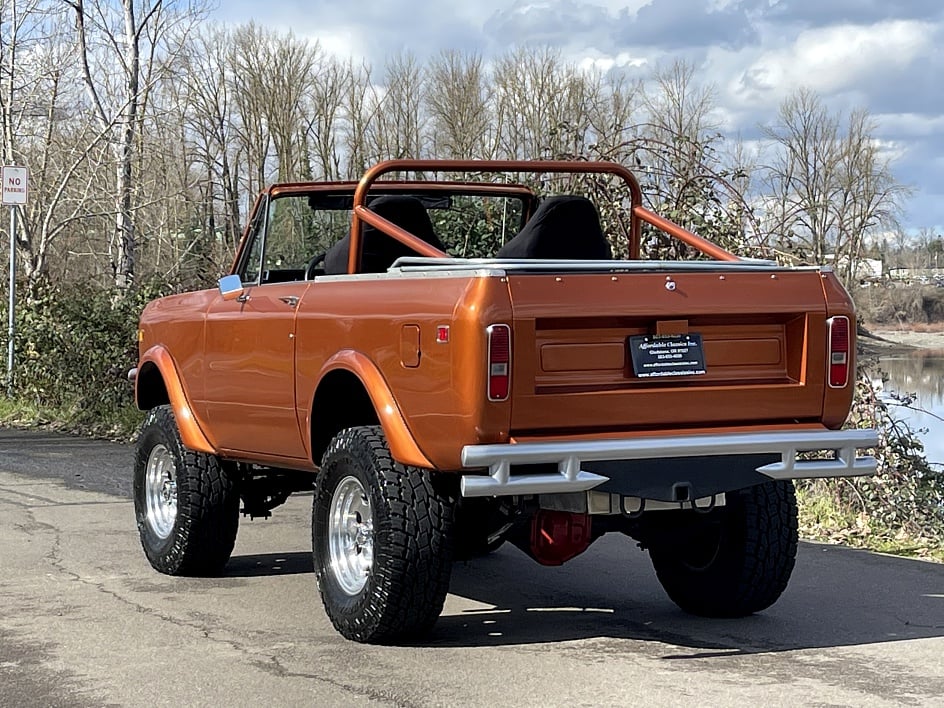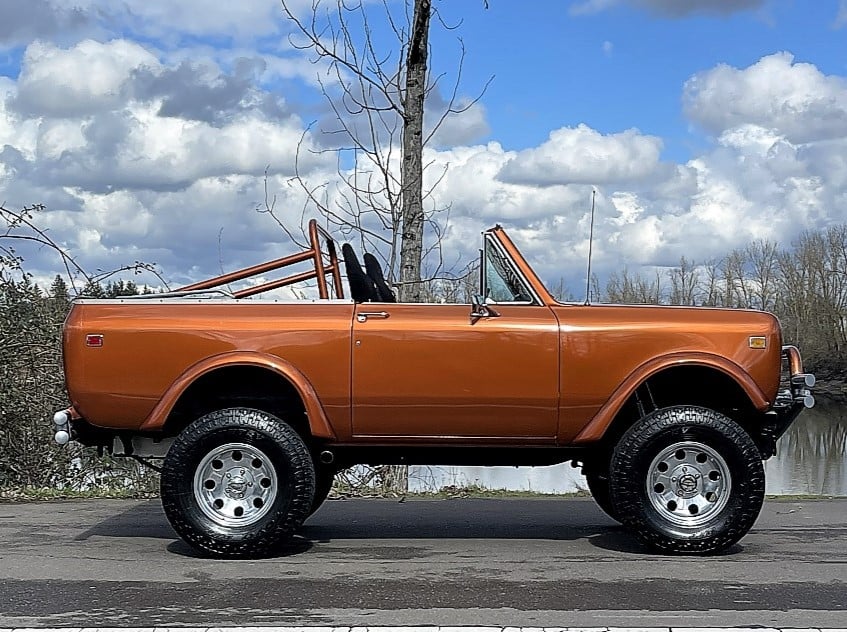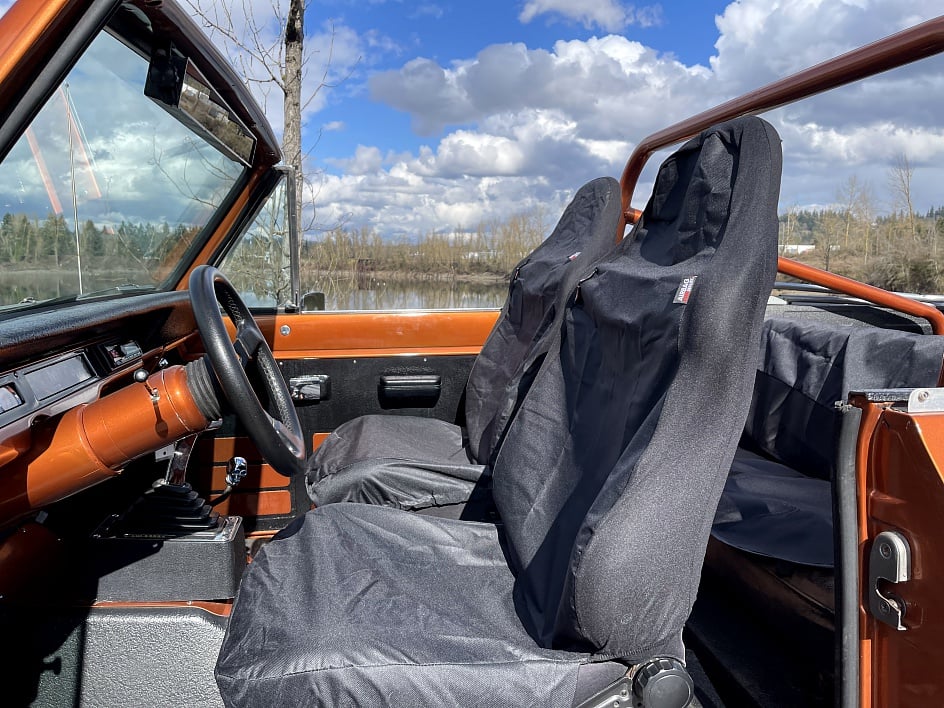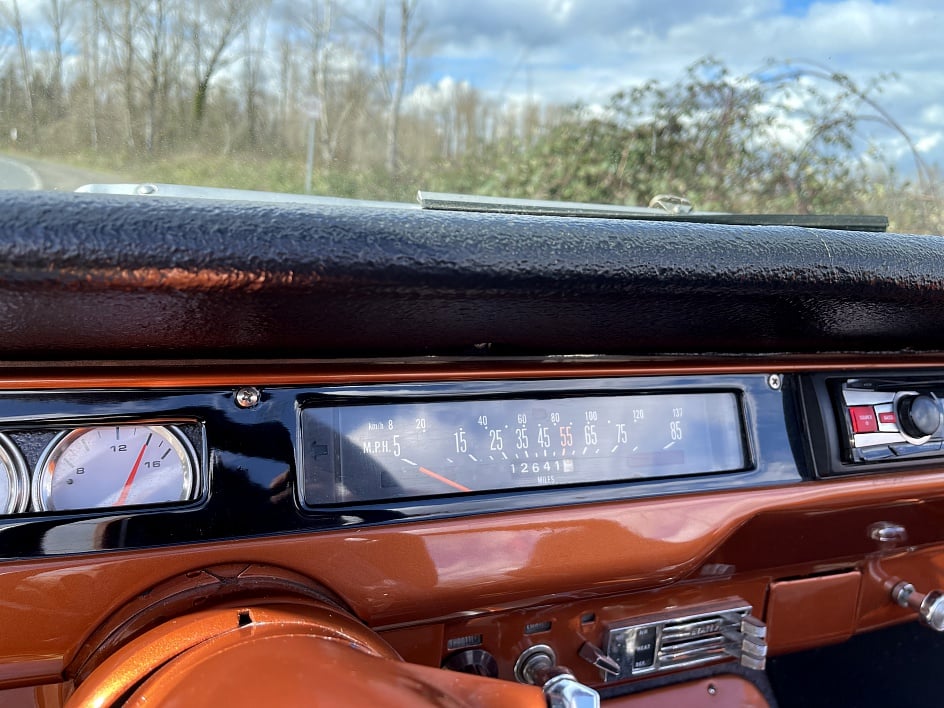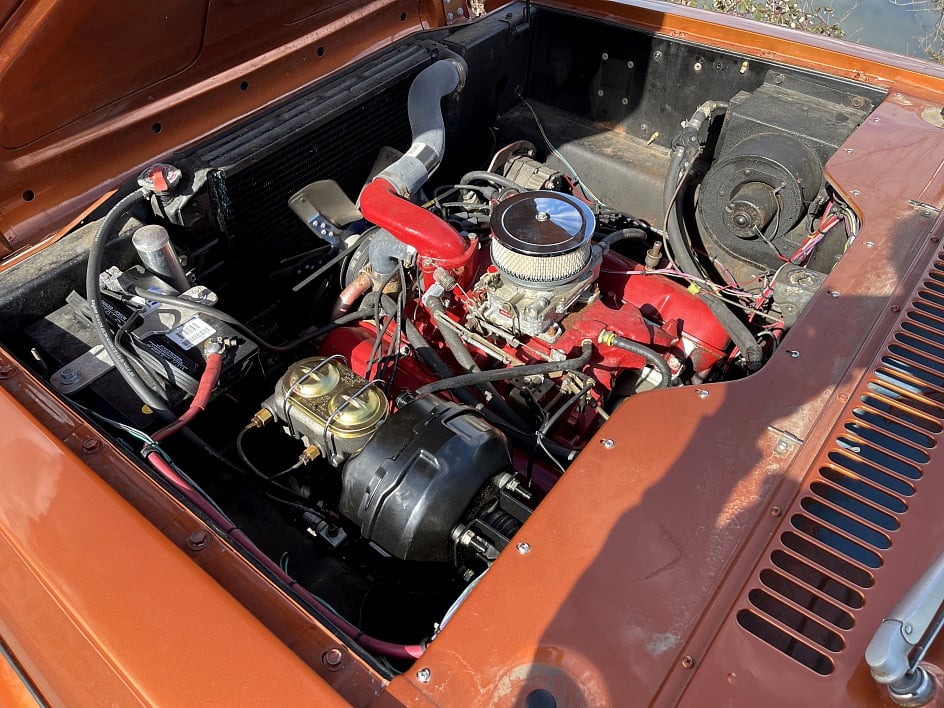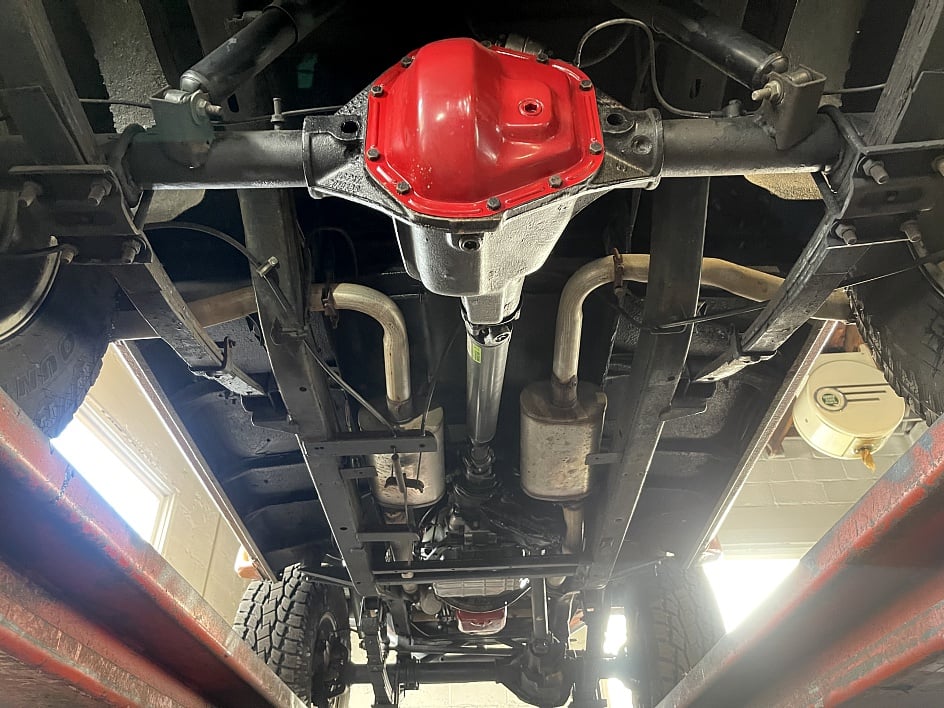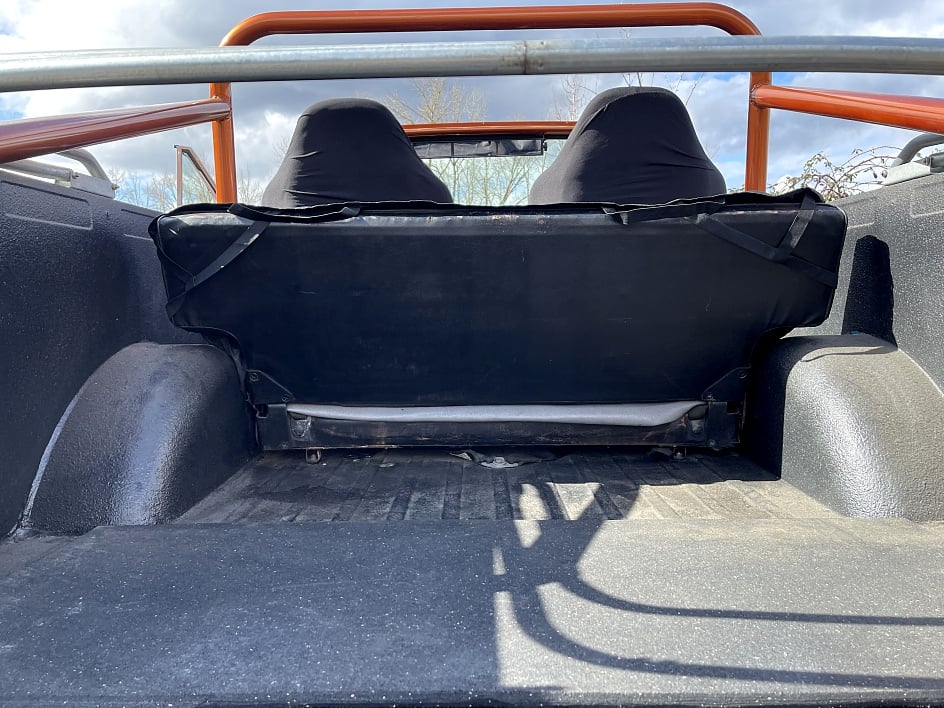Barrett-Jackson Collector Car Auctions today announced that it is bringing its world-renowned automotive lifestyle event to Louisiana in 2023 for the auction company’s inaugural New Orleans Auction, September 28-30, at the New Orleans Ernest N. Morial Convention Center. The inaugural event marks Barrett-Jackson’s first auction in the state of Louisiana and will feature all the excitement and amenities the auction company is famous for, including an exceptionally diverse docket of collectible vehicles, live auction action, VIP hospitality options, the vast exhibitor marketplace and exhilarating hot laps and thrill rides with leading automotive manufacturers.
“The city of New Orleans is a perfect location for a Barrett-Jackson auction, and I’m thrilled to bring our automotive lifestyle events to the Crescent City in September,” said Craig Jackson, chairman and CEO of Barrett-Jackson. “Barrett-Jackson is all about creating the highest level of excitement around the collector car hobby and bringing it to multiple generations of guests, both current and future automotive enthusiasts. The city of New Orleans is a destination that embodies the same level of excitement and will elevate our events particularly for the tens of thousands of guests that will travel to the great state of Louisiana from around the world.”
Similar to Barrett-Jackson’s other auction locations in Scottsdale, Palm Beach and Las Vegas, New Orleans has long been a popular destination for travelers worldwide and is a community familiar with hosting major, world-class events. In addition to its famed annual festivals like Mardi Gras and the New Orleans Jazz & Heritage Festival, the city has also welcomed ten Super Bowls, which is the second-most of any city in the United States, nine Men’s and Women’s NCAA Final Four events, five college football national championship games since 1999 and has annually hosted the iconic Sugar Bowl since 1935.
“The New Orleans Ernest N. Morial Convention Center is a leading event destination for visitors from across the world and we are delighted to welcome the iconic Barrett-Jackson Collector Car Auction to New Orleans this fall for the very first time,” said Convention Center President Michael J. Sawaya. “For more than 50 years, this event has brought together millions of devoted automotive enthusiasts and I’m certain their energy and excitement will be well suited for the lively, fun-loving culture we cultivate here in the Crescent City.”
The inaugural New Orleans Auction will be held at the award-winning New Orleans Ernest N. Morial Convention Center, the sixth largest convention facility in the United States. Blocks away from the must-see National WWII Museum and nestled within the heart of New Orleans’ festive atmosphere, the world-famous French Quarter and several architecturally significant and distinct neighborhoods are just minutes away, as well as dozens of hotels and hundreds of shops and restaurants representing the best of New Orleans culture and cuisine.
“I can’t wait to see the level of excitement that New Orleans and Barrett-Jackson collectively will bring together as we ignite this hobby once again for our inaugural event in September,” said Steve Davis, president of Barrett-Jackson. “This city is such a vibrant and culturally rich community. Our guests traveling from all over the world, as well as the millions tuning in to the event around the world on television, have something truly special to look forward to.”
VIP Experience packages for the inaugural New Orleans Auction are available here. Advance tickets and hotel package information for the event will be available soon. Those interested in consigning their collector vehicle may learn more here and guests looking to register to bid may find additional information here.
Join Barrett-Jackson’s online conversation with #BarrettJackson and #BJAC on Facebook, Twitter, Instagram and YouTube.

